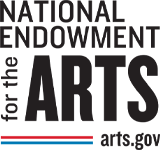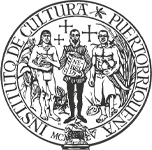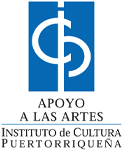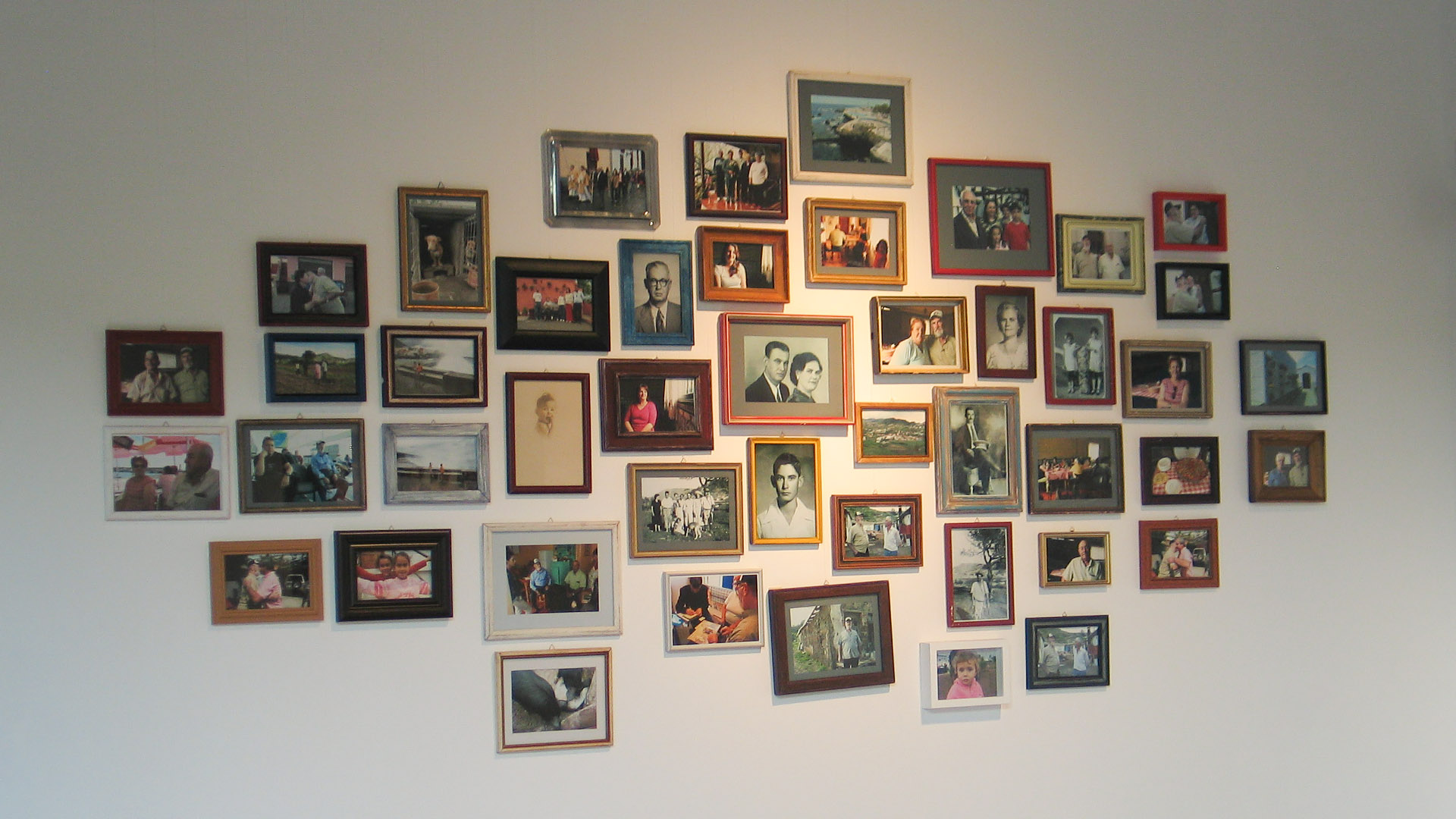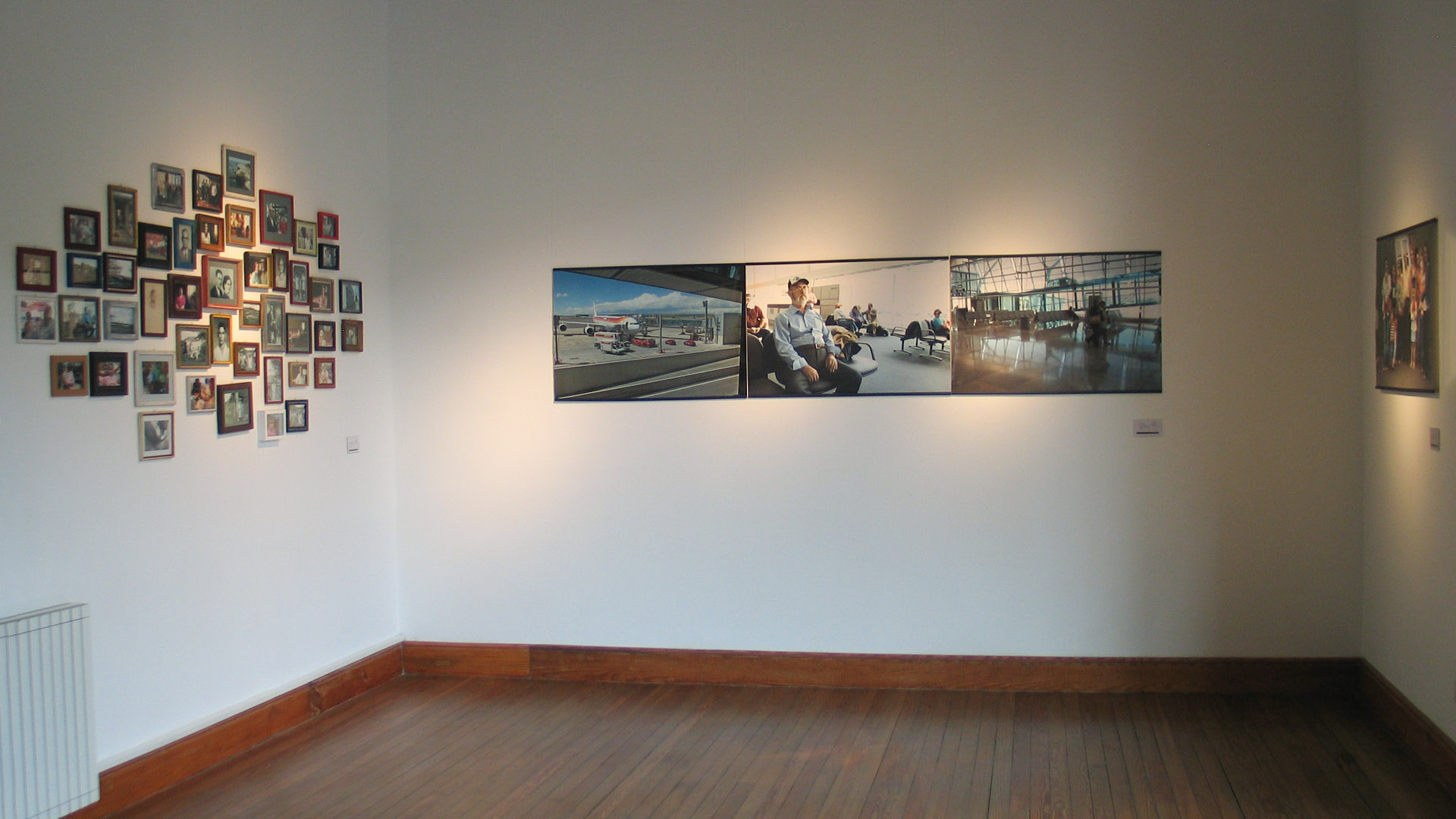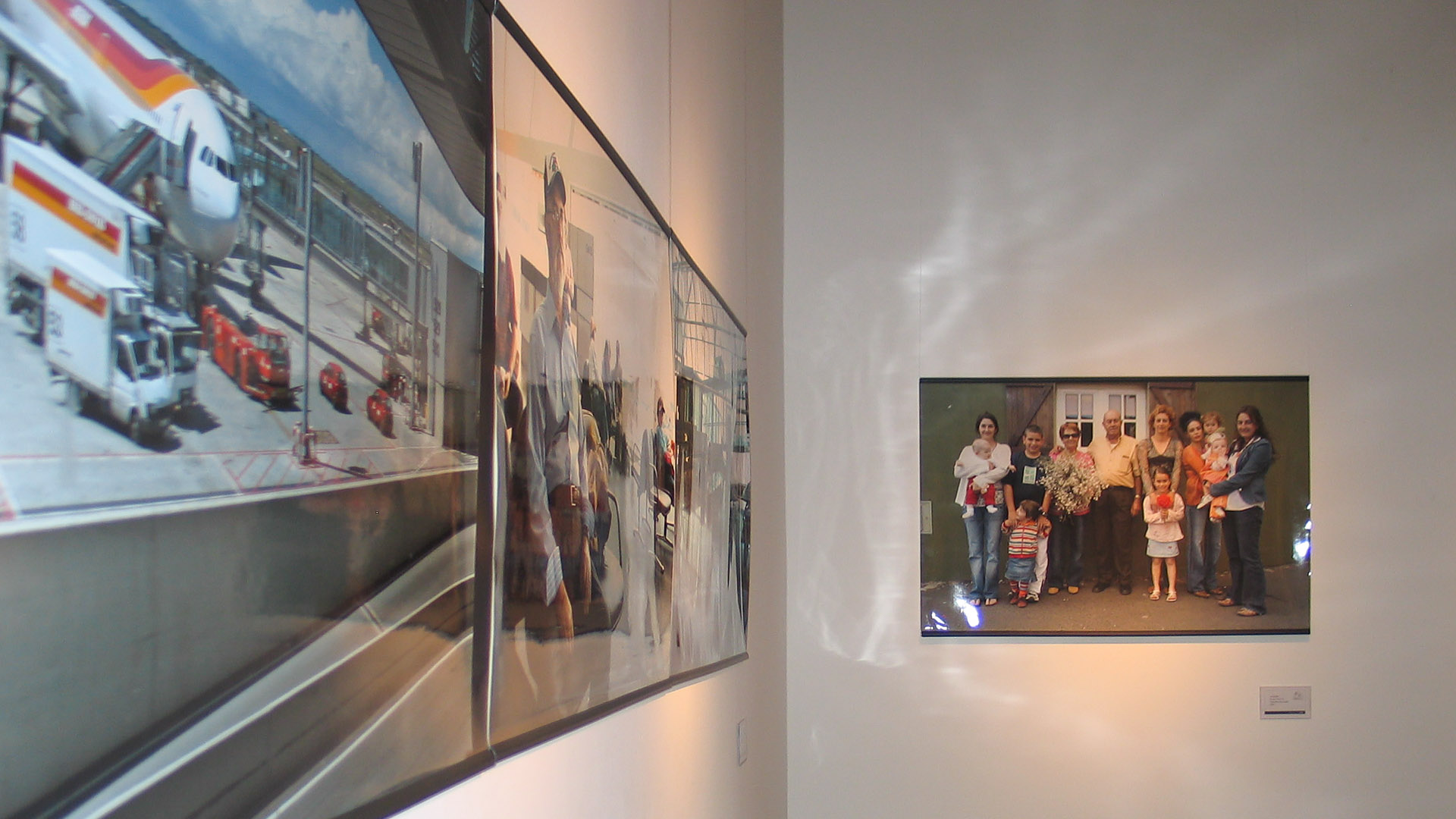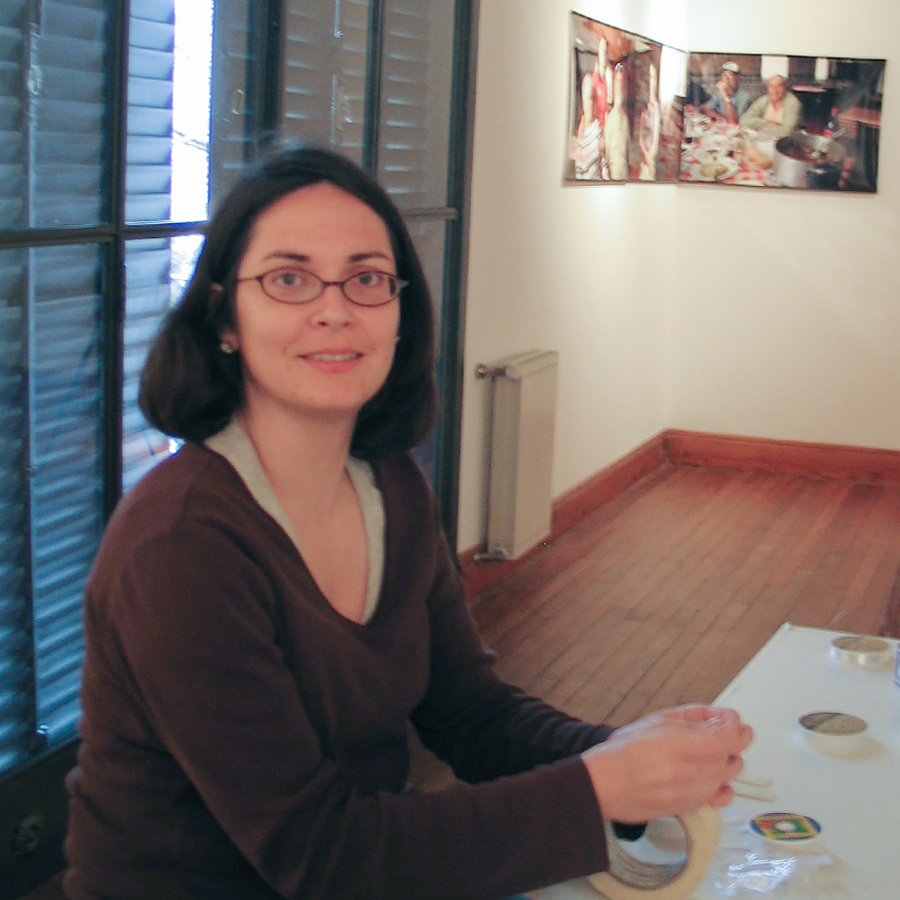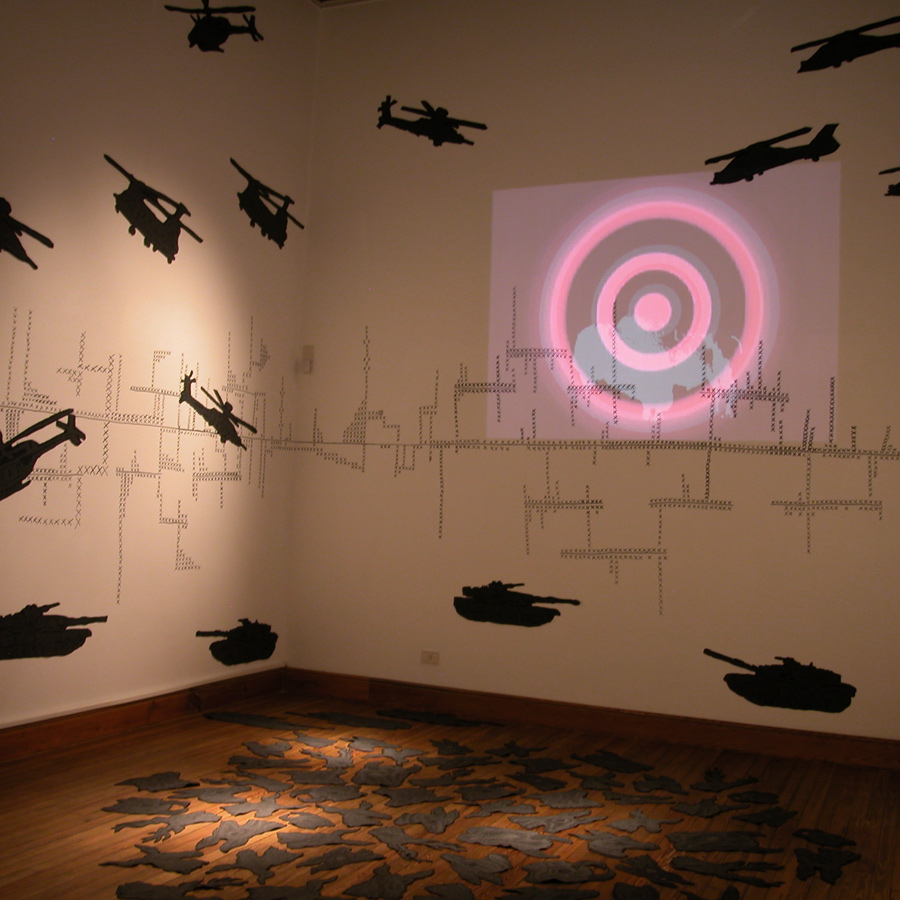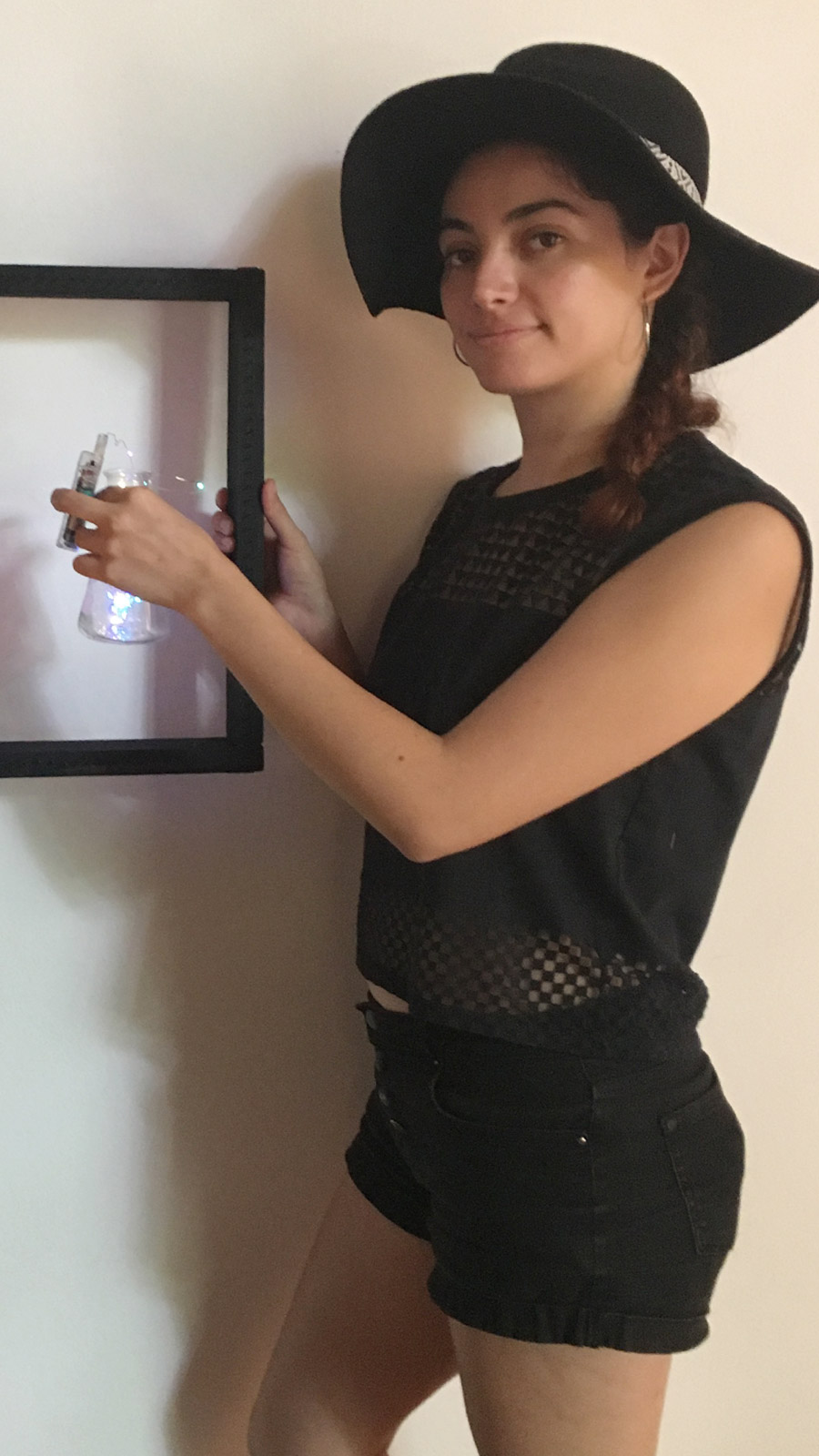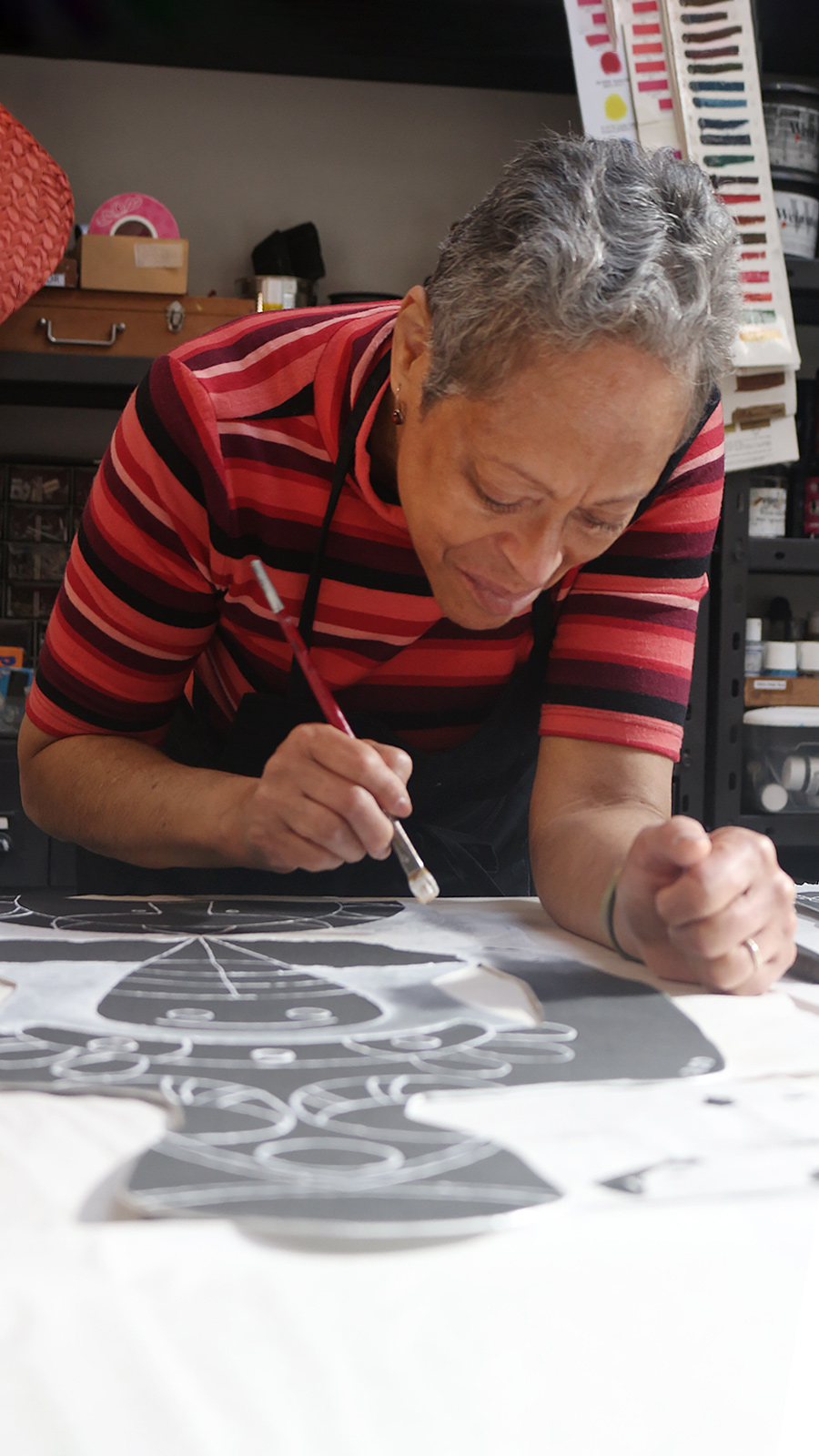Activities
Exhibitions
Dream and Long
Marta Mabel Peréz
13.08.08 26.09.08
Pérez stands out in photography. Her work deals with both the migratory processes of Puerto Ricans and the situations that affect the Puerto Rican society. She currently lives and works in San Juan, Puerto Rico where she works as Manager of the Assistance Program (PROA) at the Museum of Art of Puerto Rico.
DREAM AND LONG (por Alicia Candini)
Puerto Rico was a Spanish colony since its discovery in 1493. For centuries, the British Empire fought for possession of the island until in 1898, as a consequence of the Spanish-American War, the territory was given to the United States of America. Five decades later, in 1952, the island obtained the status of Free Associated States, a territory not incorporated into the United States but governed by its own Constitution.
Many believe that after more than 400 years of history under the colonial system, the Puerto Ricans have made a historic feat in their attempt to adapt to this contradictory reality, assuming the duality or cultural fragmentation to which they were and are exposed. While discovering the complexity of these migratory processes, the dichotomy of speaking Spanish in an English-speaking country and of feeling Latin American while carrying a US passport; the artist constructs a fragmented and multiple identity that replaces the uselessness of trying to define it in a linear way. Thus, the exhibition Sueña y Anhela is made up of the photographic work of Marta Mabel Pérez Entre Islas: ISLOS ISSUES and a select series of videos: The reception (2006), The arrival (2006), The tour (2006), Exam for American Citizenship (2007) and Fully Bilingual (2005-2008). The works present the Canarian, Dominican and Puerto Rican migratory movements where emigrants yearn for the past and dream of the new life that the American dream promises. In the documentation of her father’s trip to return to the Canary Islands, the artist tells us their story – the story of immigrants relocated to new territories – but, while doing so, she inevitably refers to us – herself and the members of her generation appropriating and re-signifying a culture with one foot on each coast of the Caribbean Sea─ finally articulating the you (us) who, as Latin Americans and in a world of permeable borders and global implications, share many of those processes of plurality and polysemy identity.
